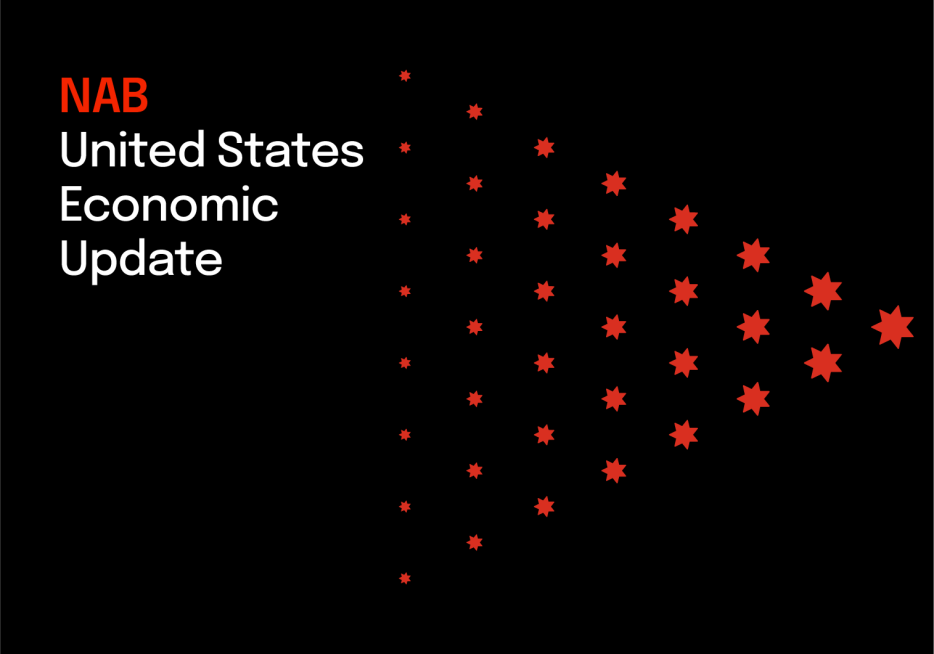US Fed – September cut but still see gradual easing


Insight
Read more to learn how you could use asset-backed securities in your portfolio

An asset-backed security is a generic term used to describe a security (usually a fixed income instrument such as a bond) which is backed by a pre-determined pool of underlying financial assets. The assets in the underlying pool are typically small and illiquid loans and receivables, but once grouped together, each asset represents a small fraction of the total value of the diversified pool, resulting in an aggregate asset-backed security (ABS) pool with an improved risk profile.
Securitisation is the process where the individual financial assets are pooled together into a financial instrument, which becomes available for sale to investors. Usually, a special purpose vehicle (SPV) such as a trust is created, which acquires the individual underlying assets, creating a specified pool with certain characteristics that will fit the risk preferences of investors.
In order to enhance the attractiveness of the ABS to investors, one or more forms of credit support may be added to enhance the SPV. The type of credit enhancement can vary depending on the nature of the assets. Conventional examples would be letters of credit from top-rated commercial banks, third-party guarantees, reserve funds and cash collateral accounts, where surplus cashflows are built up over time to cover any potential losses.
ABSs are typically created from pools of residential or commercial mortgages, credit card and trade receivables, student loans and loans or leases on cars, trucks and plant and equipment. Income from the underlying loans and leases is grouped together and then paid out to the holders of the ABS as a regular interest payment.
ABSs are usually rated by independent third party credit rating agencies, because they are a type of fixed income security, like a corporate or government bond. The ABS is rated according to how risky it is perceived to be, in terms of the likelihood of investors receiving income and repayment of capital on maturity. The most senior ABS issued by the SPV will typically be rated AAA or Aaa by the major rating agencies.
The term of an ABS will depend on the nature of the underlying assets: credit card and car loans can have maturities of one to five years and others based on residential or commercial loans can have a longer legal maturity e.g. 35 years. Coupon payments on ABS can either be fixed rate or floating – comprising a floating reference rate plus a fixed credit margin.
The securitisation of these loans, leases and credit card receivables is an attractive exercise for banks, finance companies and any other corporation aiming to “liquefy” their balance sheets. In this respect, the accounting and regulatory treatment of SPVs is very important, where issuers would seek to ensure that the receivables (such as the right to receive mortgage payments) have been sold with no further recourse to the seller.
For instance, by selling an ABS, a bank is able to remove risky assets from its balance sheet, effectively transferring the credit risk to the SPV (assuming no recourse). By selling the loans, the bank has also reduced the amount of regulatory capital reserves they would have to otherwise hold. This has become particularly relevant given higher regulatory capital requirements for banks in recent years.
In Australia, the ABS market is an over-the-counter market that dates back to the early 1990’s, with residential mortgage-backed securities (RMBS) representing the biggest subset of ABS. In Australia, ABS are owned by banks, insurance companies, domestic and offshore fund managers and, since the financial crisis, ABS have also been owned by the Australian Government, which had to temporarily step in to the ABS market when demand for ABS disappeared for several years.
© National Australia Bank Limited. ABN 12 004 044 937 AFSL and Australian Credit Licence 230686.